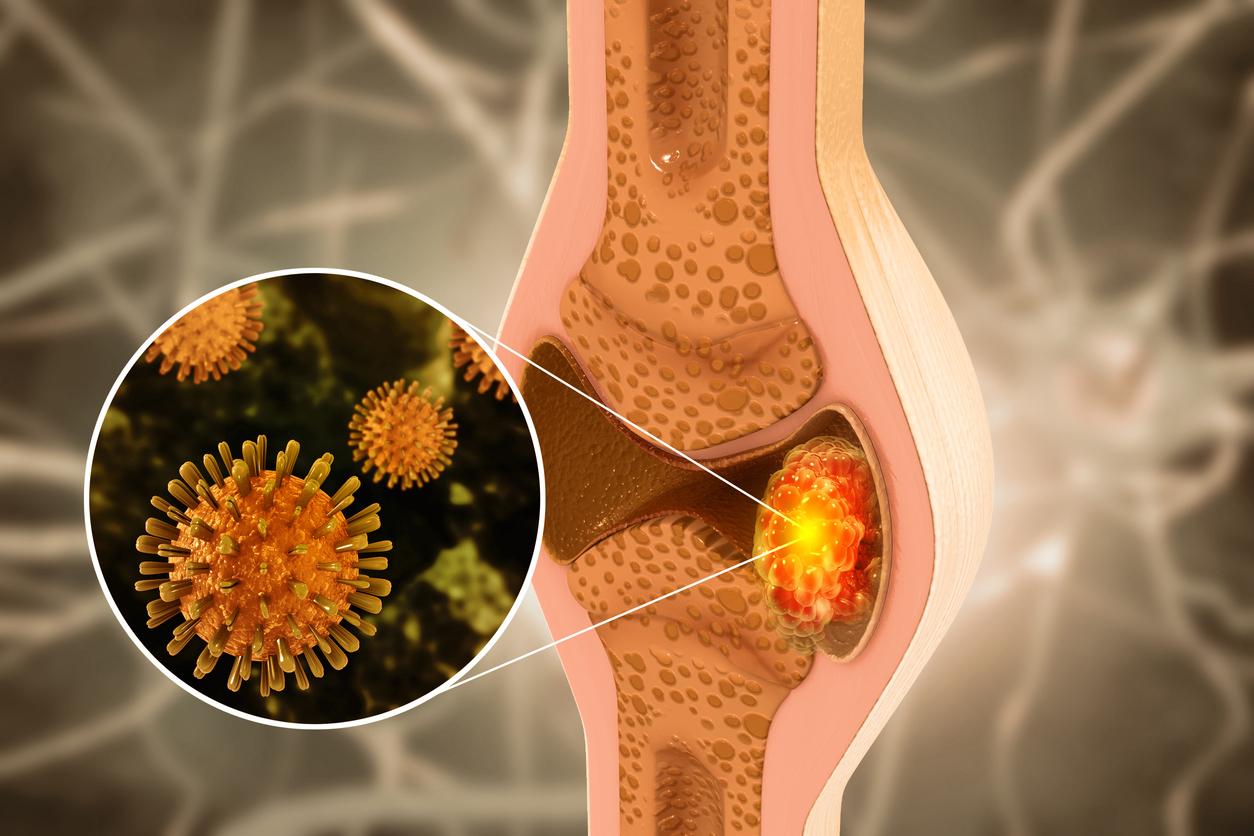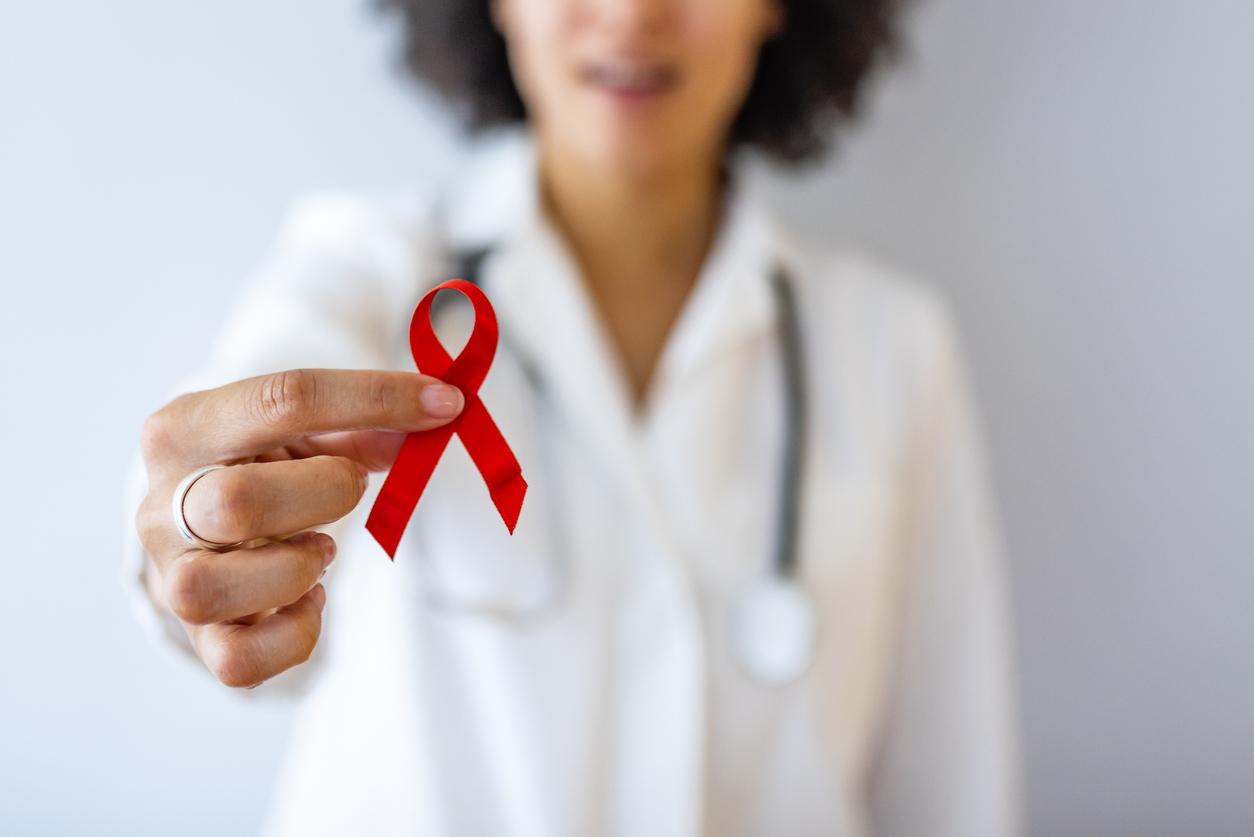A free screening day for abdominal aortic aneurysm is being organized this Thursday, a pathology that kills as much as breast cancer and prostate cancer.

Although eating fruit can reduce the risk of abdominal aortic aneurysm (AAA), there is another solution, screening. This preventive action is very important because the aneurysm of the abdominal aorta kills as much as breast cancer in women and prostate cancer in men. For this reason, the French Society of Vascular Medicine (SFMV) is organizing this Thursday the “Vesale 2013” screening operation which, like every year, takes place throughout France.
A visit that saves lives
The aneurysm is defined by an enlargement of the aorta, the edges are no longer parallel and the diameter is then increased by more than 50%. Most arteries can be the site of an aneurysm. An abdominal aortic aneurysm may be associated with an aneurysm of the thoracic aorta or other arteries of the lower limbs (iliac, femoral, popliteal). And this condition is far from trivial, it is even serious!
In fact, the major complication of an abdominal aortic aneurysm is linked to its risk of rupture, which is most often fatal. The other possible complication is the risk of embolism in the arteries in the leg which can lead to gangrene and amputation of the toes.
Faced with this significant risk, screening can save lives. First of all, because the aneurysm does not manifest itself as a symptom. It is mostly silent before it gets complicated. Screening therefore makes it possible to discover small aneurysms, which will benefit from medical measures slowing their development, and large aneurysms for which remedial treatment will be offered.
The management of
If a small aneurysm is discovered, ultrasound follow-up is necessary. Aortic aneurysms increase in size slowly but surely, hence the need for this monitoring. For example, if the diameter of the aorta is between 45 and 50 mm, an ultrasound every 6 months will be necessary.
general practitioner will entrust the patient to a medico-surgical team so that the patient is taken care of in the best conditions to treat this aneurysm: direct surgery (prosthetic replacement of the aneurysmal aorta) or the installation of an aortic endoprosthesis femurally may be solutions. The decision to favor one or the other of these techniques will be made according to several criteria, in particular according to the morphology of the patient’s vessels.
Who is affected by this screening
Screening takes place using an ultrasound examination, a non-invasive, simple examination requiring no preparation or injection. The doctor will place the ultrasound probe on the person’s abdomen to view and measure the aorta. This painless, non-irradiating examination lasts less than 5 minutes.
However, this screening is not for everyone. It is intended for all men over 60 years old. In this age group, it is recommended for smokers, and recommended for non-smokers. On the other hand, it is not indicated in subjects over 75 years of age who do not show any deterioration in their general condition.
Screening is recommended for women aged 60 to 75 who smoke or have high blood pressure. And those over 75 years of age who smoke in fairly good apparent health.
Finally, men and women over 50 with a family history of abdominal aortic aneurysm (parents or first degree collaterals) are also concerned.
To carry out this Operation Vesale 2013, it is the vascular doctors, members of the SFMV, who on a voluntary basis screened Thursday in town halls, hospitals (CHU and CHG), and associated clinics. Today 75 centers are already volunteering to participate in this campaign.
In 2012, operation VESALE made it possible to screen 6,000 people, 5,000 of whom were in the target age. 2% of aneurysms had been detected.
X
.
















